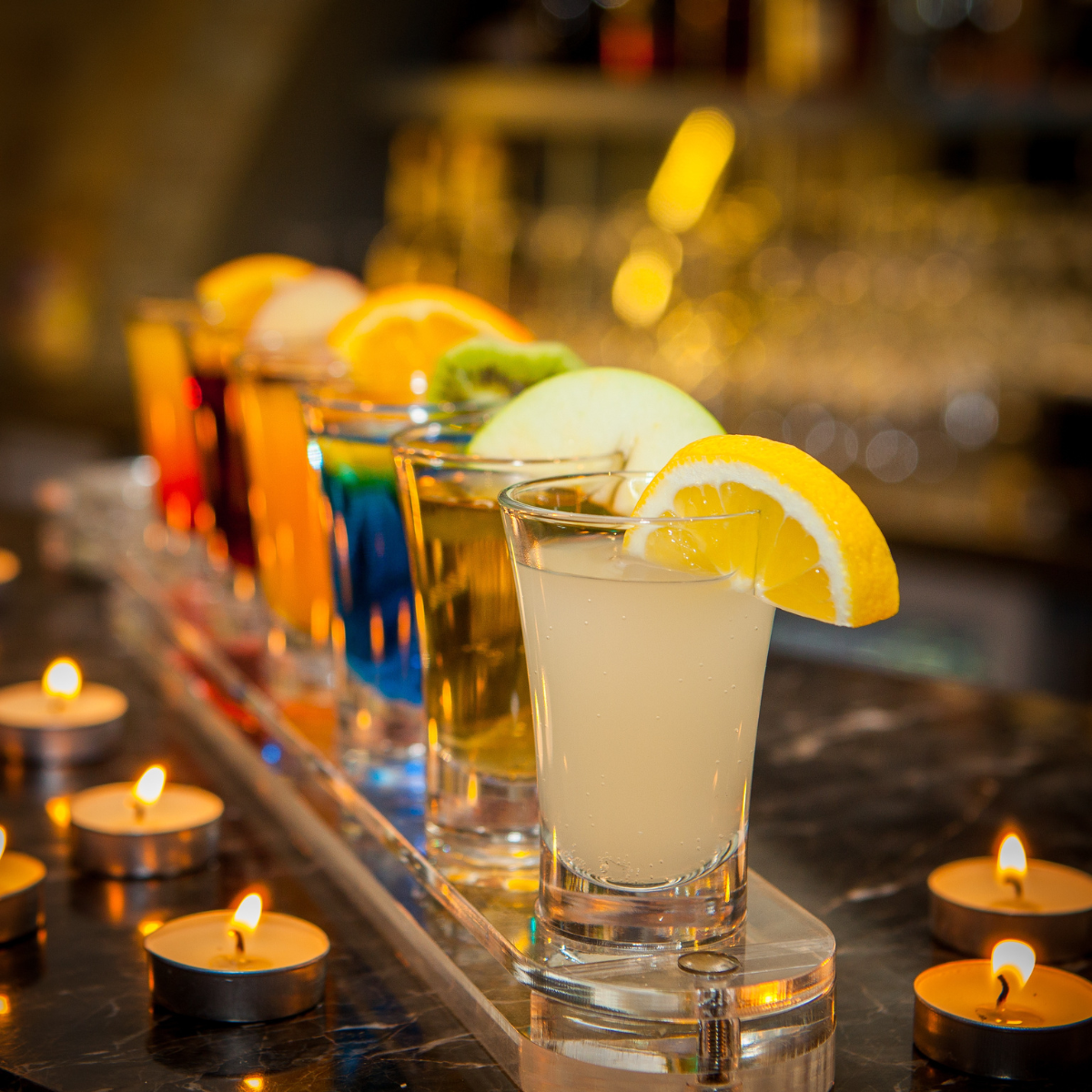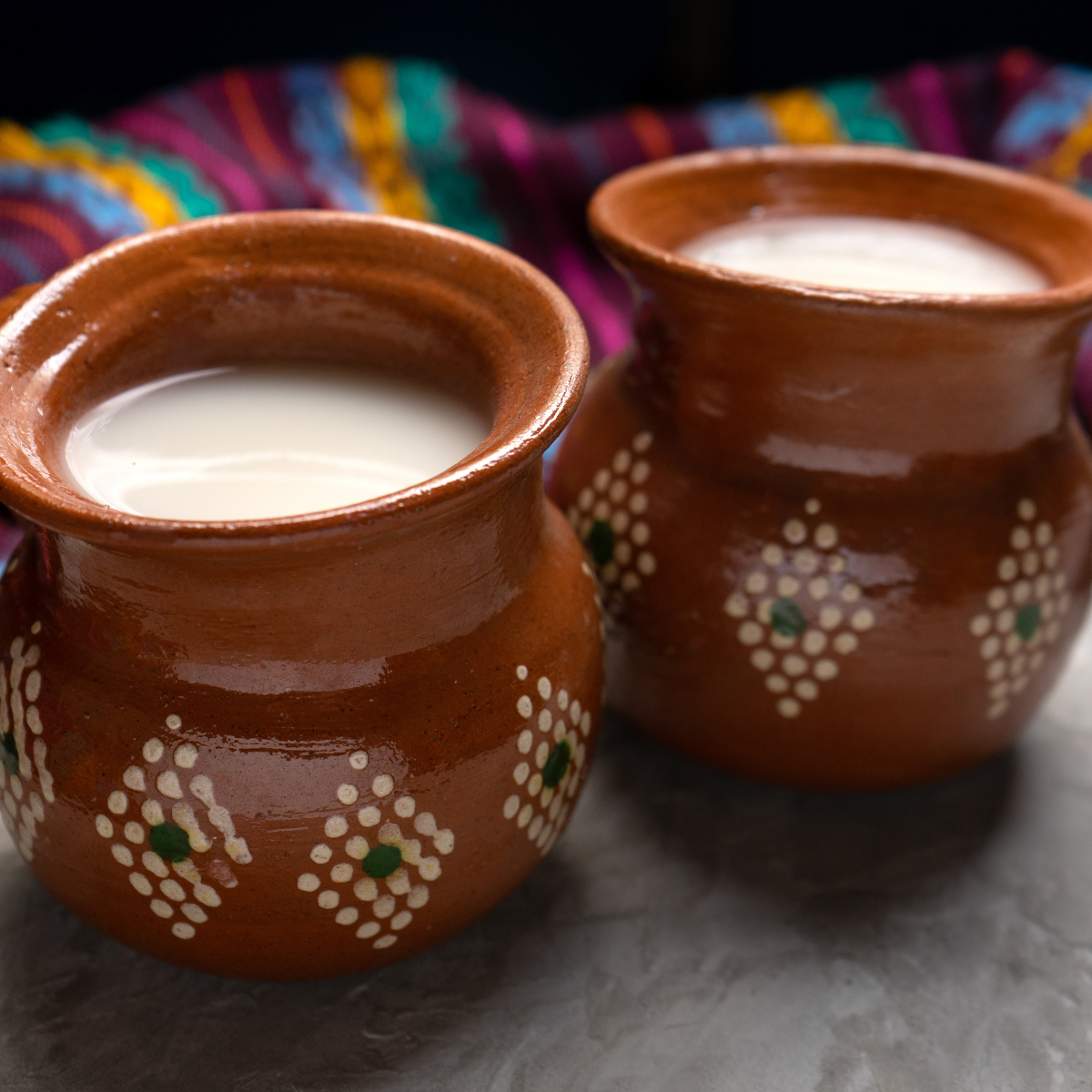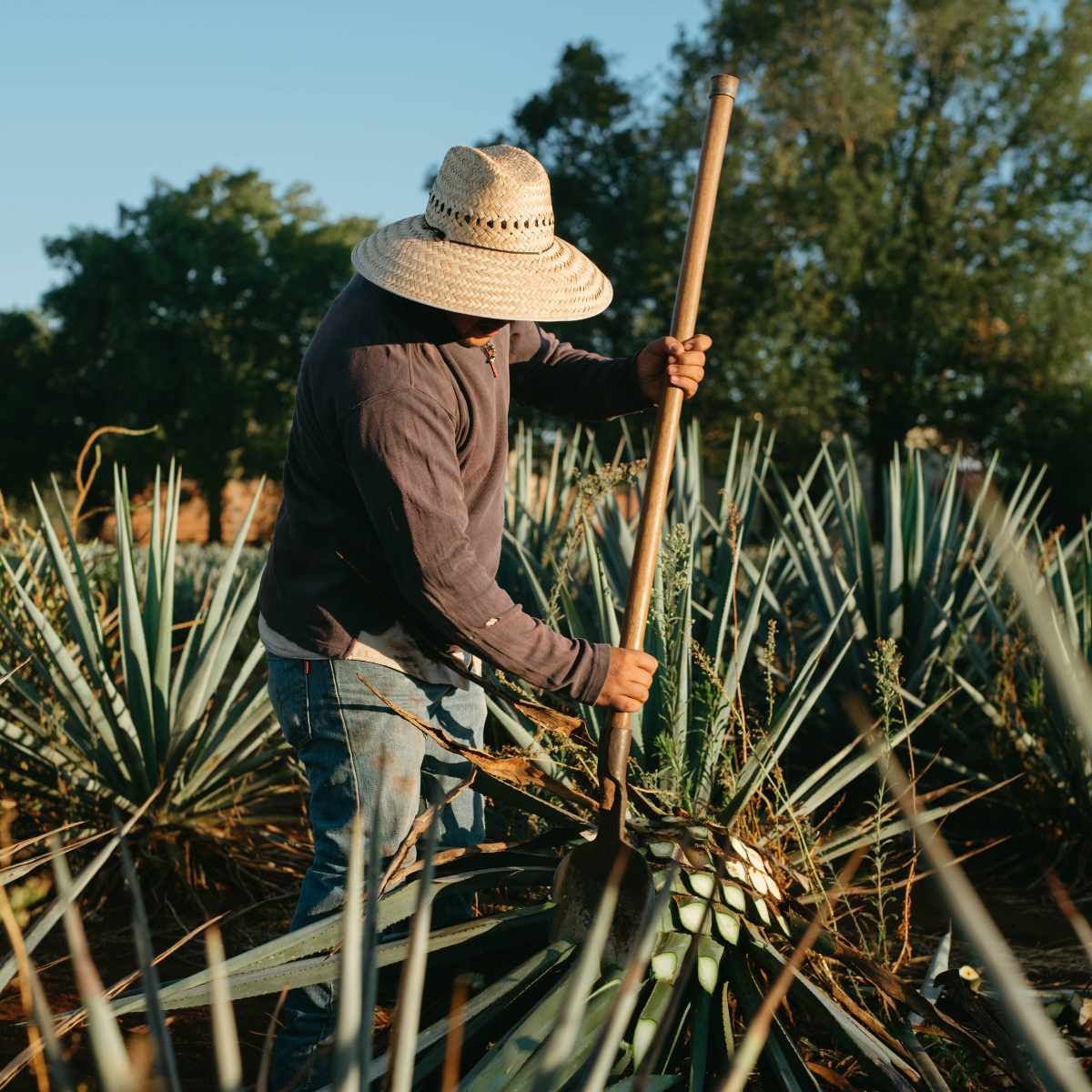Mezcal vs Tequila
Mezcal and tequila are two distinctly different spirits. One of the most important differences is the type of agave plants used. Tequila is made only from blue agave (Agave tequilana), while mezcal can be crafted from more than 54 different types of agave. This wide variety of agave allows for diverse flavors and profiles, making mezcal a spirit of true discovery.
Tequila’s Production Process
Tequila is mainly made in the state of Jalisco and must be produced from a minimum of 51% Blue Weber agave. However, premium tequilas are usually made entirely from Blue Weber agave. The production process is always industrialized; there are no artisanal tequilas. On the other hand, Mezcal must always be 100% agave and involves many artisanal methods in its production.
Flavor Differences Between Mezcal and Tequila
Regarding tequila, you can expect a cleaner and more direct flavor profile than mezcal. Tequila can range from sweet and floral to spicy and earthy, and aging can add complexity, with hints of vanilla, caramel, and oak in reposado and añejo tequilas.
On the other hand, mezcal is famous for its smoky, earthy flavors, which come from the traditional roasting process. Its flavor profile is often more diverse and intricate than tequila, with additional fruit, herbs, and minerals notes depending on the agave species and terroir
Geographical Differences
Due to its Denomination of Origin, tequila production is limited to specific regions in Mexico, mainly Jalisco and small areas of Guanajuato, Michoacán, Nayarit, and Tamaulipas. The town of Tequila in Jalisco is where the spirit gets its name and is a significant production center. In contrast, mezcal’s Denomination of Origin covers multiple states, with Oaxaca being renowned as the most important.
Cultural Contrasts
Even though agave distillates weren’t initially made in Jalisco, the state has played a key role in large-scale distillate production. Mezcal production in Jalisco became really popular in the mid-18th century. This drink eventually became known as “mezcal wine from Tequila” because of its proximity to the town of Tequila, one of the main production areas at the foot of the volcano of the same name. Over time, the name “mezcal wine” from this town changed for marketing reasons, first to “mezcal de Tequila” and eventually to “tequila.”
Mexico has a wide range of agaves and mezcals. Some are referred to simply as “mezcal,” while others are named after the specific region where they originate, like “Tuxca,” named after the town of Tuxcacuesco in Jalisco. Mezcals from Jalisco also have unique names, such as “raicilla,” primarily made in two western areas of Jalisco, El Tuito and Mascota, and have significant Asian influences. There are several other types of Mexican mezcals with names like bacanora, huitzila, tonaya, quitupan, torecillas, zihuaquio, papalote, chichichualco, comiteco, and others. Each type embodies the distinct characteristics and heritage of its specific region.
Drinking Similarities
Tequila is so versatile and can be enjoyed in many different ways. It’s often enjoyed as a shot with salt and lime in delicious cocktails like the margarita or sipped neat, especially the premium añejo and extra añejo varieties. Mezcal, instead, is traditionally sipped neatly to enjoy its complex flavors fully. It’s usually served in small copitas or glasses and is often accompanied by orange slices and sal de gusano. Mezcal is also becoming more popular in craft cocktails, adding a wonderful smoky twist to drinks.

Mezcal vs Pulque
Pulque, a traditional Mexican drink, is quite distinct from mezcal, both in how it is made and in its qualities. Mezcal, a distilled alcohol derived from agave, contrasts with pulque, a fermented beverage with unique historical and cultural importance.
Production Process of Pulque
Pulque is a traditional Mexican beverage made from the fermented sap of the maguey plant. The process starts with collecting the sap, called “aguamiel,” from the center of the agave plant. The sap is left to ferment naturally for a few days, resulting in a slightly alcoholic drink with a thick, smooth texture. Unlike mezcal, pulque is not distilled, so it’s more of a low-alcohol option.
Flavor Differences Between Mezcal and Pulque
Pulque’s flavor is distinct and often described as sour, tangy, and slightly sweet, with a yogurt-like texture. Its taste can vary widely depending on the agave species used, the fermentation process, and the region where it is produced. Pulque is typically consumed fresh, as it does not age well and can spoil quickly.
Geographical Differences
While pulque is produced in various regions of Mexico, it is most closely associated with the central highlands, particularly the states of Hidalgo, Tlaxcala, Puebla, and the Valley of Mexico.
Cultural Contrasts
Pulque has a fascinating history in Mexico, tracing back to ancient times when it was revered as a sacred drink enjoyed by priests and the elite. Later, it was shunned and spent decades with the reputation of a poor man’s drink. Nowadays, pulque is making a comeback and is cherished as a traditional beverage, often found in lively pulquerías (pulque bars) and at food festivals.
Drinking Similarities
Commonly, pulque is enjoyed in rural restaurants and pulquerías. It’s usually served in big containers and enjoyed with friends and family. Nowadays, modern pulquerías offer different flavors, adding fruits, nuts, and even veggies to create interesting variations called “curados.” These are the go-to pulque drinks for the younger crowd.

Mezcal vs Sotol
Mezcal and sotol are amazing traditional Mexican spirits, each with unique production methods, ingredients, and regional roots. Despite their similarities in being lovingly crafted and culturally important, getting to know their characteristics will help you enjoy each drink even more.
Production Process of Sotol
Sotol is produced from the Dasylirion plant, commonly known as the desert spoon. This plant belongs to the Asparagaceae family, not the agave family. The production process for sotol is similar to that of mezcal in that the hearts of the Dasylirion plant are roasted, mashed, fermented, and distilled.
Flavor Differences Between Mezcal and Sotol
Sotol has a unique flavor profile. It is often earthy, grassy, and slightly vegetal, with less smokiness than mezcal. The flavors can vary depending on the region and the specific type of Dasylirion plant used. Sotol tends to have a cleaner, more herbaceous taste with notes of pine, eucalyptus, and pepper.
Geographical Differences
Sotol, previously commonly seen as a variety of mezcal, is a separate distilled spirit produced similarly but from a different plant that belongs to the Asparagaceae family, known as Dasylirion. With a Denomination of Origin protection, officially certified sotol can only be made in Chihuahua, Durango, and Coahuila. Despite this, it is also manufactured in other areas of Mexico, including southern Texas and the United States, as the plant grows abundantly throughout much of Mexico, with over twenty varieties.
Cultural Contrasts
Sotol also holds cultural importance, particularly in the northern regions of Mexico. It is considered a traditional spirit of the Chihuahuan Desert and has been produced by indigenous peoples for centuries. Fortunately, sotol is now enjoyed by locals and enthusiasts who appreciate its unique flavors.
Drinking Similarities
Sotol is excellent. It can be enjoyed straight or over ice to savor its unique flavors. You can also mix it into cocktails to give them a unique touch with its earthy and herbal notes. Sotol is paired with local dishes in certain places that enhance its distinctive taste. Some even refer to sotol as the Mexican gin!

The Role of Master Mezcaleros
The master mezcaleros, the skilled artisans behind mezcal production, play an essential role in determining the strength of the spirit. They rely on their expertise and intuition to guide the distillation process, making necessary adjustments based on sensory evaluation to achieve the perfect balance of flavor and potency.
What Determines the Alcohol Content in Mezcal?
A few different factors can influence the alcohol content of mezcal. For example, the type of agave used, the altitude at which it’s grown, and the distillation process can all play a role. Mezcal made from agave grown at higher altitudes might have a slightly higher alcohol by volume (ABV) because the slower maturation process concentrates the sugars in the agave. Also, whether a copper still or a clay pot is used for distillation can affect the final alcohol level. Clay pot distillations often result in a slightly lower ABV due to the material’s porous nature.
Impact on Taste and Experience
The taste and experience of mezcal are significantly impacted by its strength. A higher alcohol content can intensify the flavors, such as the smokiness, earthiness, or floral notes characteristic of different agave species. It can also affect the texture, giving it a richer and more viscous mouthfeel. Understanding the strength of mezcal is essential for both connoisseurs and newcomers alike, as it determines how the spirit is best enjoyed. Whether you prefer it sipped neat, with a splash of water, or as part of a cocktail, the strength of mezcal plays a crucial role in its overall enjoyment.
Is Mezcal Stronger Than…
Mezcal can have a wide range of alcohol content, typically between 40% and 55% ABV. This variability gives mezcal lovers many options to enjoy. The alcohol strength isn’t just about personal taste—it also reflects the traditional, handcrafted nature of mezcal.
Legal Aspects
The organization in charge of overseeing mezcal production, the Consejo Regulador del Mezcal (CRM), has established standards to ensure that mezcal is high-quality and genuine, including its alcohol content. These rules are not only there to keep everyone safe and maintain consistent quality but also to preserve the traditional methods that make mezcal so special.